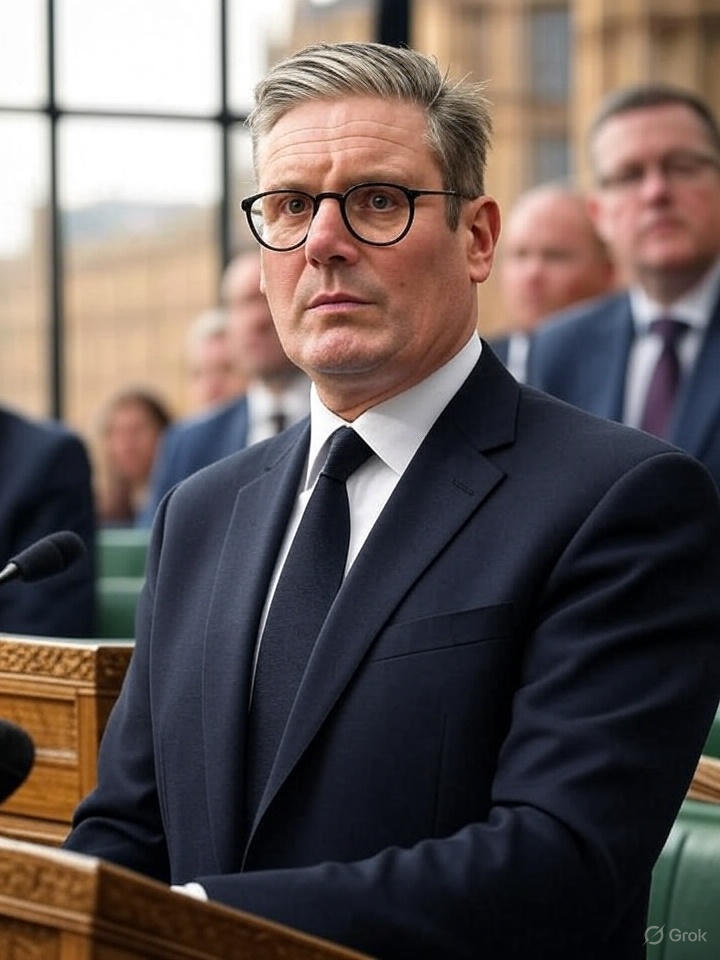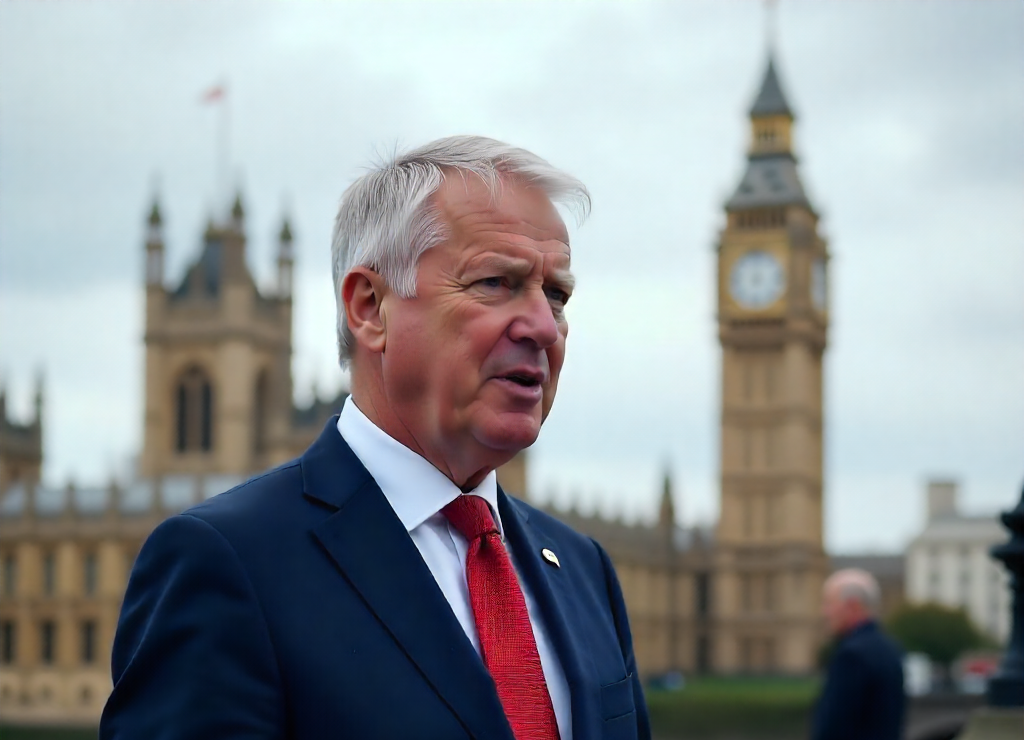A Year into Labour’s Premiership
Since winning the UK general election on July 4, 2024, Keir Starmer has steered the country through a turbulent first year marked by stubborn inflation and sluggish growth. Voter confidence has faltered, particularly among financially insecure Britons 46% of those switching away from Labour since the election cited economic instability as a key concern. Economic polls show support has dropped from 34% to roughly 24% within a year (economist.com).
The Core Challenge
Inflation, especially food and household costs, remains a major burden on households. Retail Economics data points to disposable incomes falling by around 7.5% in 2025, with April being particularly difficult due to food price hikes and rising regulated costs like rail fares, energy, and water bills (scmp.com, thesun.co.uk). Meanwhile, wage growth reaching 5% has not translated into better living conditions, since official estimates may understate broader expense pressures (bloomberg.com).
“Securonomics” and Supply Side Modernisation
Chancellor Rachel Reeves has championed a modern supply side approach dubbed “securonomics” inspired by US style investment led recovery. This strategy rejects tax cuts and deregulation, focusing instead on public investment in infrastructure, housing, education, and green industries (en.wikipedia.org).
The October 2024 Budget, the largest since 1993, raised £40 billion in new taxes and increased employer National Insurance to 15% from April 2025. It also boosted public spending significantly: wage rises for public sector workers, hikes in health and housing capital spending, and a planned rise in minimum wage to £12.21/hour (a 6.7% increase) (en.wikipedia.org).
Key Reforms Introduced
- Great British Energy Act 2025
Established a publicly owned clean energy company, Great British Energy, operational since 15 May 2025, aimed at boosting energy security, reducing reliance on imports, and returning profits to the public purse(Globedge). - Labour Market and Workers’ Rights Enhancements
Worker protections improved, pay deals struck with NHS and railway unions, affordable housing initiatives launched, VAT on private school fees proposed, and rail nationalisation pursued policies aimed at redistributing economic benefit and strengthening social mobility (theguardian.com). - Welfare Reform and Pension Review
Proposed welfare cuts including changes to the Personal Independence Payment (PIP) sparked rebellion. After intense pushback, 49 Labour MPs forced Keir Starmer government to soften and delay reforms, erasing projected £5.5 billion in savings and disrupting fiscal projections. Additionally, a commission was revived to review pension adequacy and the state pension age, though triple lock pensions remain exempt for now (theguardian.com).

Fiscal Strain and Private Sector Pushback
Analysts warn that these policy backtracks have blown fiscal headroom, calling into question Labour’s ability to stick to fiscal targets. Growth forecasts have been downgraded, with the Office for Budget Responsibility expected to revise down UK GDP forecasts to around 1.1% in 2025 and 1.4% in 2026 roughly half Starmer’s initial targets (bloomberg.com). The IMF has suggested options including raising taxes, scrapping the pensions triple lock, or even charging for NHS services to restore economic stability. Internally, tensions are rising: disagreements between departments over planning reforms and deregulation undercut the government’s investment focused policies. Business leaders welcome hints of easing regulation, but caution against a reckless repeat of 2008 style overreliance on the financial sector what some call the “finance curse” (theguardian.com).
Labour’s Turnaround Blueprint
- Deliver tangible improvements in living standards: Anchor economic success in household income gains and affordability, not just growth numbers. Labour MPs are urging clear targets such as increasing disposable income and food bill reductions (thetimes.co.uk).
- Balance public investment and fiscal discipline: Maintain infrastructure spending without undermining market confidence or exceeding borrowing thresholds.
- Strengthen green energy transition via Great British Energy, seeking long term energy security and cleaner power.
- Complete welfare and pension reviews cautiously, ensuring reforms don’t alienate the party’s core base while preserving fiscal credibility.
Conclusion
Prime Minister Keir Starmer and Chancellor Rachel Reeves are navigating a complex policy crossroads. Their supply side investment agenda rooted in securonomics, welfare reform, and public energy ownership has clashed with inflationary pressures, voter discontent, and internal party resistance. While some public investment measures have gained traction, broad living standards have yet to improve for most households.
As inflation persists and fiscal margins tighten, Labour’s next steps will determine whether its economic promises become seen as substantive change or continue to invite voter skepticism. Fiscal stability, growth through investment, and clear evidence of increased financial security for Britons remain central to restoring confidence.

